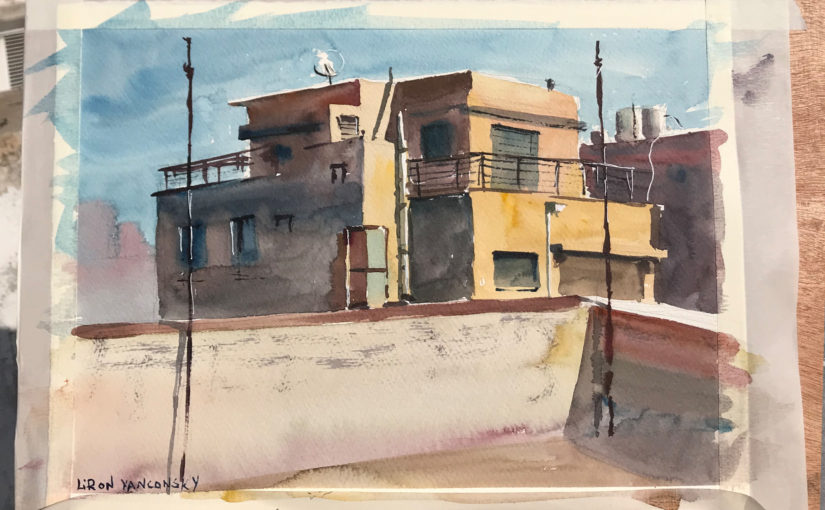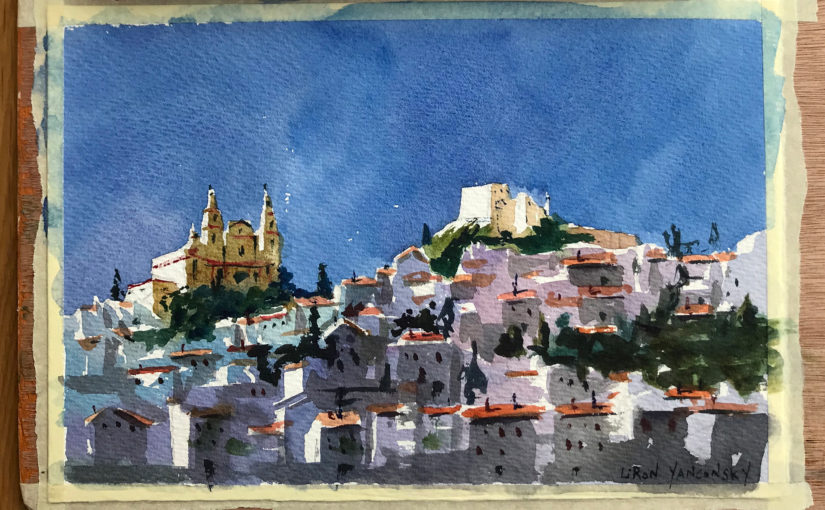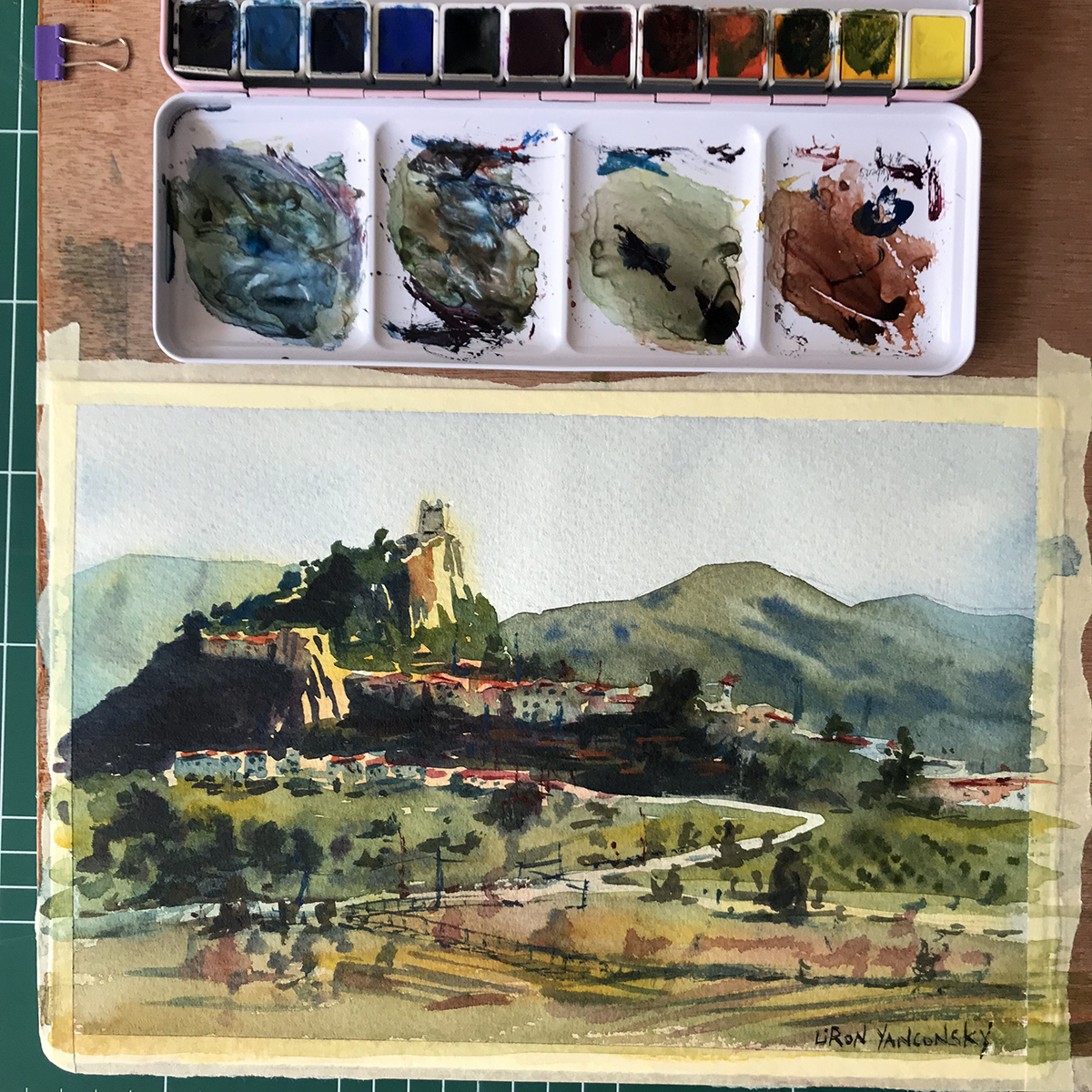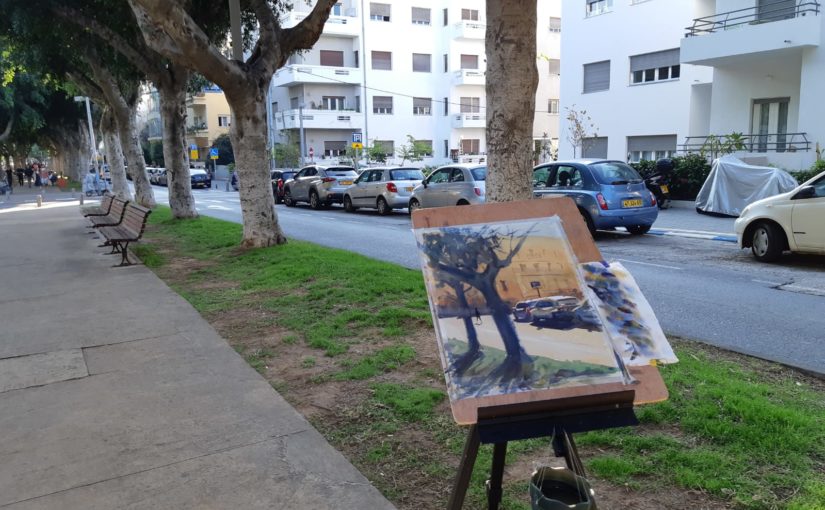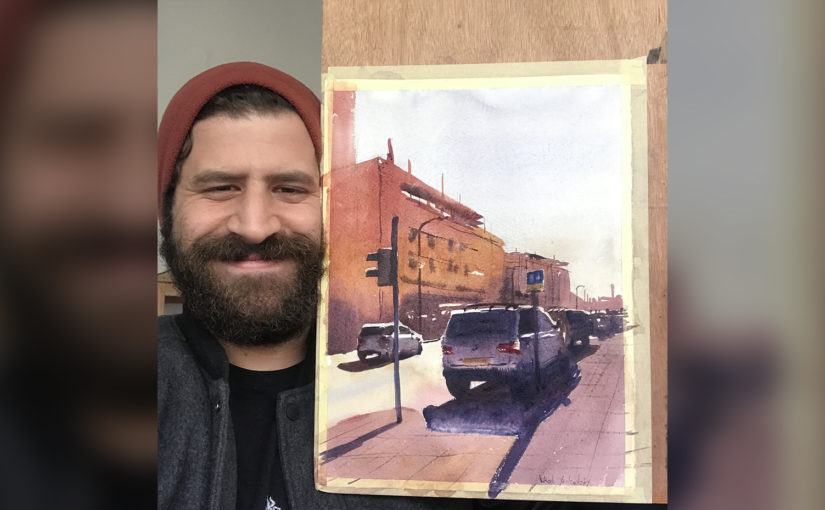Podcast: Play in new window | Download
In this episode I discuss the dangers of learning painting from others, whether it’s teachers, YouTube videos, DVDs and so on…
The Dangers of learning painting from others
Here’s a quick list of some of the dangers of learning painting from others.
Narrowing our perception – One of the main problems. By seeing other artists, following them and imitating their work process, we narrow our perception of what’s the “correct” way of doing things.
We end up doing things they way, without realizing there’s a HUGE spectrum of other possibilities we haven’t even considered yet.
Losing / not discovering your authenticity – That’s the most tragic problem. Learning painting from others can distract you from your unique gift.
I truly believe anyone has a 100% unique way of creating and viewing the world. The artists who are most appreciated have usually discovered their version of that.
By “copying” other peoples’ art and approach, you run the risk of never finding out what your gift was – the one you were the only one able to give.
Copycat – Talking about copying, there’s always the risk of becoming a copycat with no originality.
The solution
I’ll offer three main solutions.
Learn the rules – Physics – Watercolor does have rules – those bound to physics and water and paint.
You do have to learn that when you use more paint, the mixture gets darker. It is important to know and experience how a wetter wash flows more.
But once you learn that – it’s pretty much time to strike out on your own. The rest are things you can figure out.
Detox / Isolation – If you’ve been highly affected by others, it may be a good idea to go completely detox. This means to avoid looking at ANY artwork by other artists for a while.
This is a temporary solution only, you can’t live your artistic life in complete vacuum (well, you can… but I don’t think it’s fun or practical!).
I’m seriously thinking of going through such a detox myself. Could be interesting.
Balance – On a regular basis, try keeping a balance of how much external art, tutorials and guides you consume, as opposed to the time you spend creating purely, not worrying about anything else.
Conclusion
I hope you found this info useful! I’m still learning these things too, so I’ll keep you updated regarding my experiences and findings (:
Want to Reach Out?
Got any questions? Want help with your paintings? Feel free to reach out to me in any of the platforms I’m on, and I’ll be happy to help (:
YouTube – Liron Yanconsky Art
LinkedIn – Liron Yanconsky
Pinterest – Liron Yanconsky
Instagram – @LironYanIL
Twitter – @LironYan

